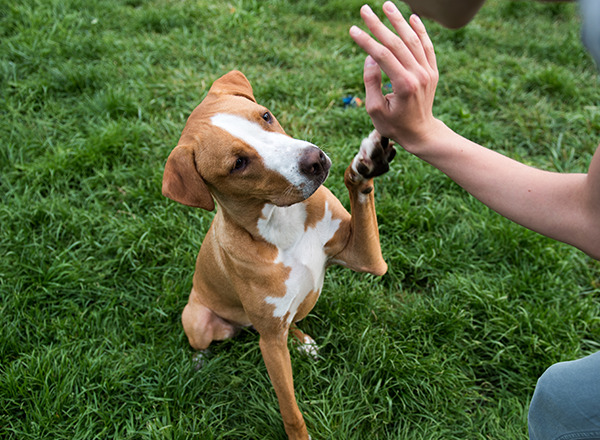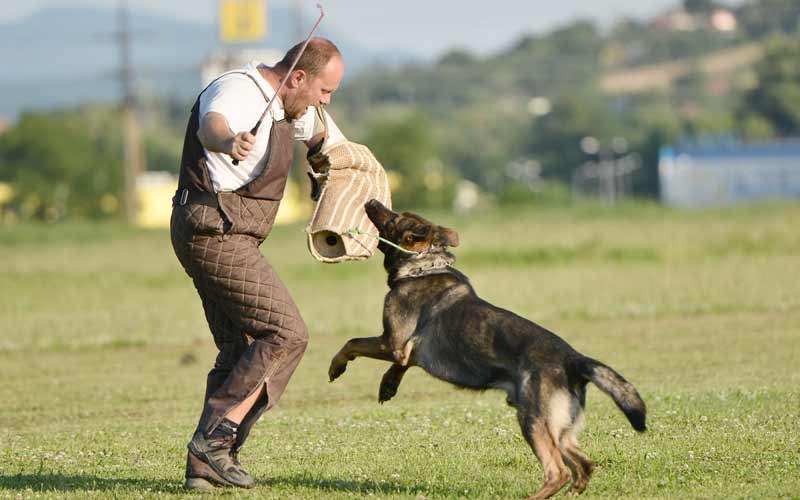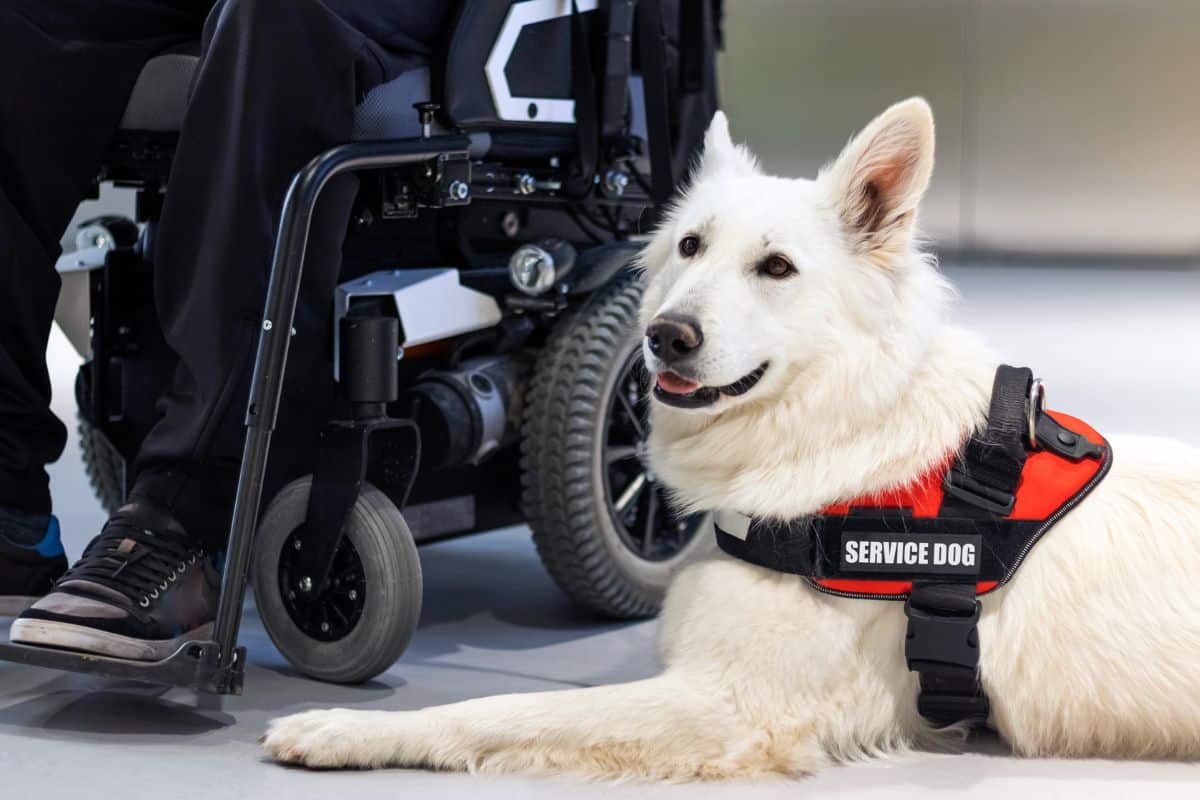Positive Reinforcement in Dog Training: A Humane Approach to Success
Positive Reinforcement in Dog Training: A Humane Approach to Success
Blog Article
Top Pet Dog Educating Methods Every Owner Must Know

Positive Reinforcement Strategies
Using favorable reinforcement methods is necessary for effective dog training, as it promotes a relying on bond in between the pet and the trainer. This approach concentrates on rewarding desirable habits as opposed to punishing unfavorable ones, producing a setting for finding out. Benefits can include treats, appreciation, or play, which encourage dogs to repeat the actions that make them these benefits.

Moreover, this technique enhances the pet dog's excitement for training sessions. They are extra engaged and responsive when canines connect training with favorable experiences. Dog training. Past instant habits alteration, favorable reinforcement encourages a collaborative connection between the pet and trainer, reducing stress and anxiety and anxiety
To maximize effectiveness, it is important to provide incentives promptly, ensuring the dog connects the behavior with the reinforcement. In essence, positive support techniques not just produce better-trained dogs but also advertise an unified collaboration between pet dog and proprietor.
Clicker Training Technique
The clicker training method is a highly effective method that builds on the concepts of favorable support by adding a distinct sound to mark preferred habits. This technique utilizes a tiny portable gadget that produces a clicking sound, allowing trainers to communicate with their dogs in a clear and instant fashion. When a dog performs an actions that the proprietor wishes to encourage, the clicker is turned on, adhered to by an incentive, typically in the kind of deals with or praise.
The secret to effective clicker training lies in consistency and timing. It is essential to click at the exact minute the desired behavior takes place, ensuring that the pet connects the noise with the action and the subsequent incentive. This technique not only boosts interaction however likewise fosters a more powerful bond between the owner and the pet, as it encourages involvement and interaction throughout training sessions.
Remote control training can be applied to a range of behaviors and commands, from standard obedience to a lot more complicated techniques. Its versatility and performance make it a preferred method among specialist instructors and pet proprietors alike, paving the means for a receptive and trained canine buddy.
Chain Training Basics
Effective chain training is vital for ensuring a enjoyable and risk-free strolling experience for both canines and their proprietors. Dog training. site link Chain training must begin early and be come close to with patience and consistency. Begin by choosing an appropriate chain and collar or harness. A flat collar might function for some dogs, while others may take advantage of a harness that reduces pulling.
Introduce your pet dog to the chain gradually, enabling them to explore it in a comfy atmosphere. Technique loose-leash walking once they are accustomed. This includes gratifying your pet dog for strolling next to you instead than drawing in advance. Use treats and praise to strengthen preferred habits, and make sure to stay assertive and calm.
If your pet begins to pull, stop strolling immediately. In addition, method different walking atmospheres to help your pet adapt to interruptions.
Normal method will strengthen your pet dog's understanding of leash decorum. Bear in mind that leash training is a continuous process; perseverance and uniformity will certainly yield the very best results, fostering a positive experience for both you and your canine companion.
Socializing Approaches
Socialization is an essential aspect of pet dog training that must ideally start during puppyhood but can be advantageous at any kind of age. Efficient socialization assists pets establish confidence and minimizes the possibility of behavior problems. To carry out effective socializing techniques, reveal your canine to a variety of environments, people, and various other animals.
Begin with regulated settings, such as pup courses or organized playgroups, where young pet dogs can connect safely. Slowly introduce your pet dog to brand-new experiences, including various noises, surfaces, and tasks. Make certain these encounters are fulfilling and favorable to develop a complacency.
For grown-up pet dogs or those lacking exposure, begin with low-stress scenarios. Short, positive communications with pleasant people and calm dogs can produce positive organizations. Use deals with and appreciation to reinforce desirable habits during these experiences.

Uniformity and Persistence
Acknowledging the significance of uniformity and perseverance use this link in canine training is necessary for accomplishing long-term outcomes. Irregular training can lead to confusion, making it hard for the pet dog to comprehend behaviors or commands, eventually hindering progression.
Dogs, like human beings, discover at their very own speed. This promotes a relying on connection between the pet and proprietor, motivating a more eager and enthusiastic learner.
To grow uniformity and persistence, published here develop a regular training routine, make use of the very same commands, and make certain that all relative apply the very same training concepts - Dog training. By doing so, you develop a steady setting helpful to discovering, permitting your dog to flourish and develop into a well-behaved companion
Conclusion
In final thought, efficient canine training techniques, such as favorable support, clicker training, and proper chain training, are vital for promoting a healthy owner-dog connection. Furthermore, implementing socializing methods and keeping consistency and patience throughout the training process adds considerably to a dog's general well-being. By incorporating these methods, dog proprietors can help with the growth of well-adjusted, obedient pets, ultimately enhancing the lifestyle for both the owner and the pet.
Among the most popular approaches are positive reinforcement, clicker training, and leash training, each offering special benefits that contribute to a mannerly canine. As we discover these fundamental approaches, it comes to be apparent that understanding their nuances can significantly influence the training experience and the canine's total behavior.Using favorable reinforcement methods is vital for reliable canine training, as it promotes a relying on bond in between the pet and the fitness instructor.In verdict, efficient pet training methods, such as positive reinforcement, clicker training, and appropriate chain training, are important for fostering a healthy and balanced owner-dog relationship. By integrating these techniques, dog owners can facilitate the development of well-adjusted, obedient pet dogs, ultimately enhancing the high quality of life for both the proprietor and the pet dog.
Report this page